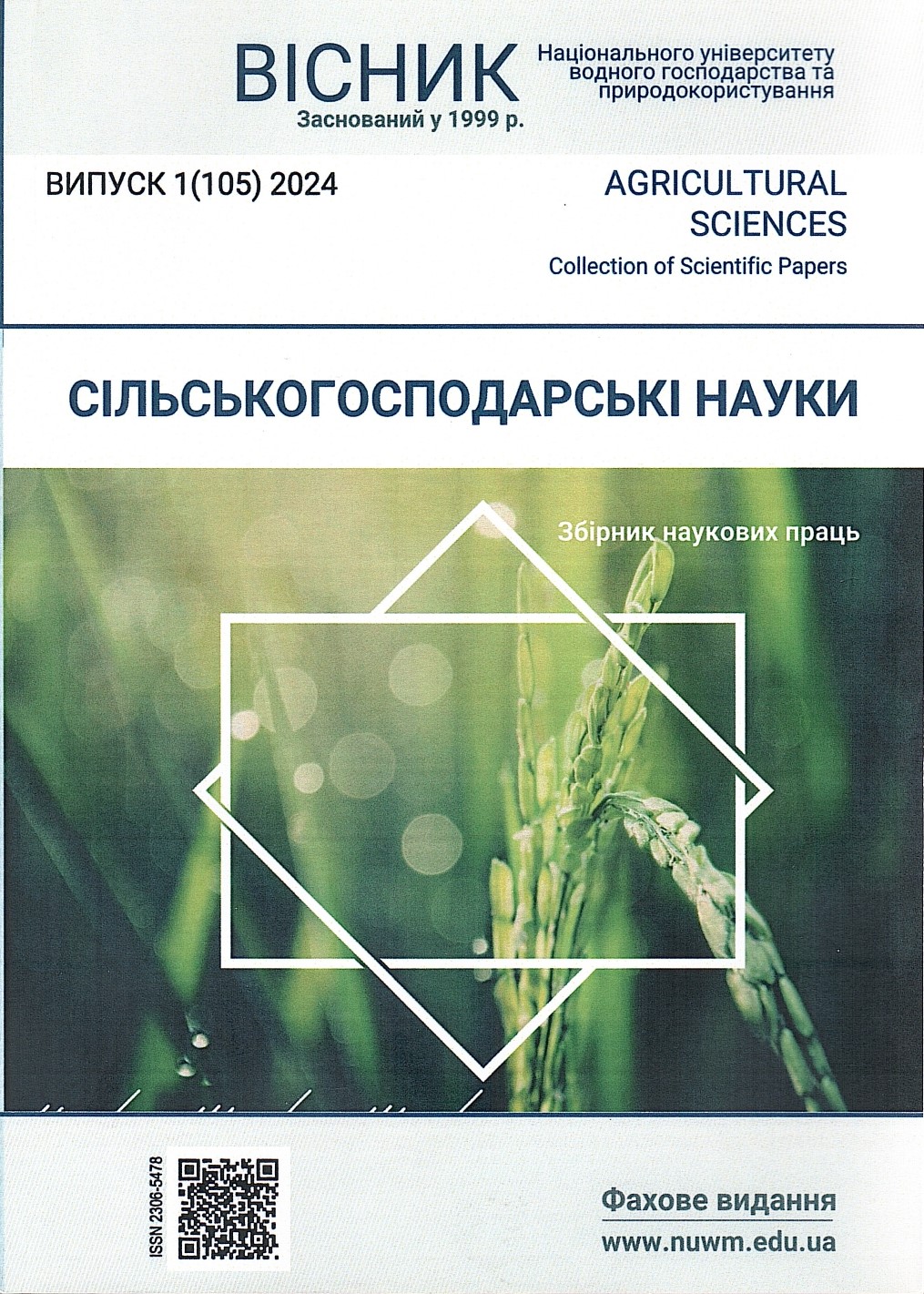EVALUATION OF ANTHROPOGENIC IMPACT IN THE ASPECT OF BASIN ECOLOGICAL MANAGEMENT
DOI:
https://doi.org/10.31713/vs120247Keywords:
assessment of anthropogenic impact, ecological status, basin management, environmental management, Strypa RiverAbstract
Anthropogenic impact on the natural environment is currently a pressing issue that requires a comprehensive approach and thorough assessment. Modern technologies and industrial development have led to significant changes in ecosystems, particularly in river basins, which play a key role in preserving natural resources. Irresponsible use of natural resources and excessive pollution result in serious problems that demand immediate intervention. In this context, basin ecological management is one of the primary factors for ensuring sustainable development and environmental preservation. The article presents the results of a study on water use and the impact of economic activities in the Strypa River basin, including an assessment of hydromorphological quality, data on hydrochemical indicators of surface waters, and an evaluation of anthropogenic influence and overall ecological status. The research findings indicate the absence of large industrial complexes, chemical warehouses, solid waste landfills, etc., within the Strypa River basin that could cause significant pollution. Discharges from existing facilities have a low impact on surface waters. A substantial anthropogenic footprint in the river basin is observed due to hydromeliorative works, and the reclamation of such lands is progressing rather slowly. Hydrochemical indicators are satisfactory, as significant exceedances of standards are not observed. Substances such as petroleum products, chromium, copper, zinc, and lead were not detected. Dissolved oxygen, suspended solids, biochemical oxygen demand, dry residue, nitrates, manganese, chlorides, and sulfates are within normal limits. The assessment of anthropogenic load for the "Land Use" subsystem is determined to be "close to normal". The state of the "River Flow Utilization" subsystem is "good." The state of the "Water Quality" subsystem, in terms of cleanliness, corresponds to Water Quality Class II (good, fairly clean water), and the water quality category is 3 (good, fairly clean water). The overall ecological status of the Strypa River basin corresponds to the indicator of "minor changes".Downloads
Published
2024-05-31
Issue
Section
Articles

